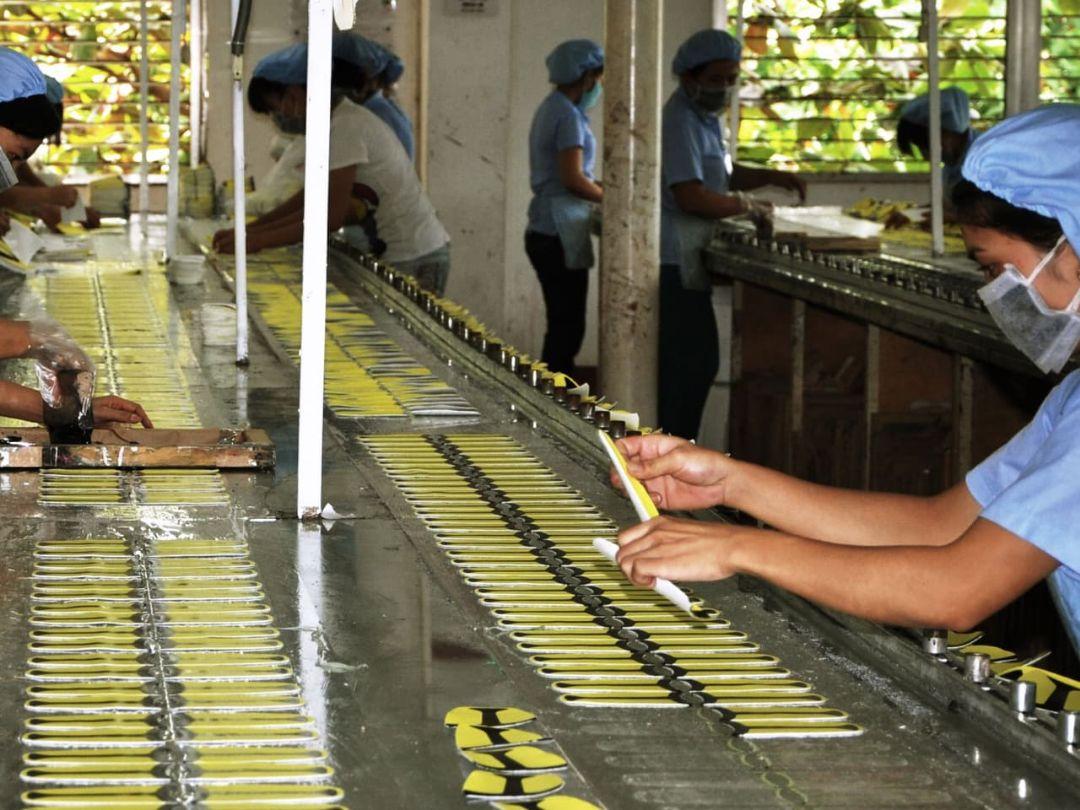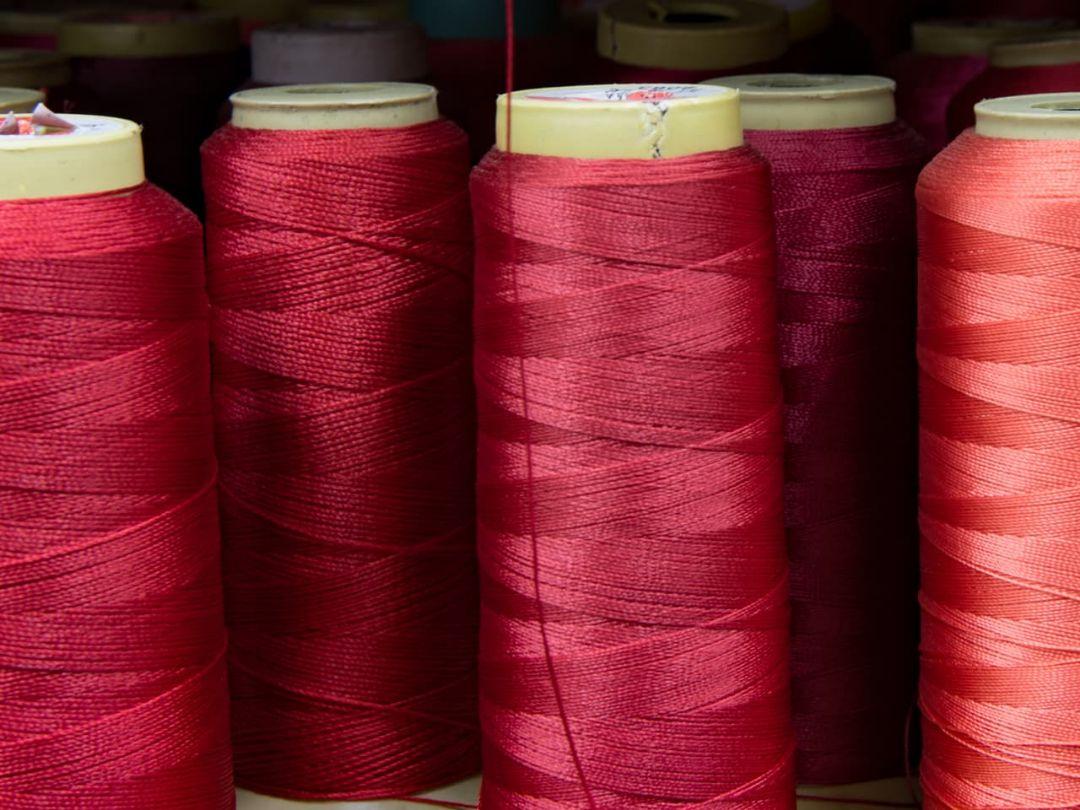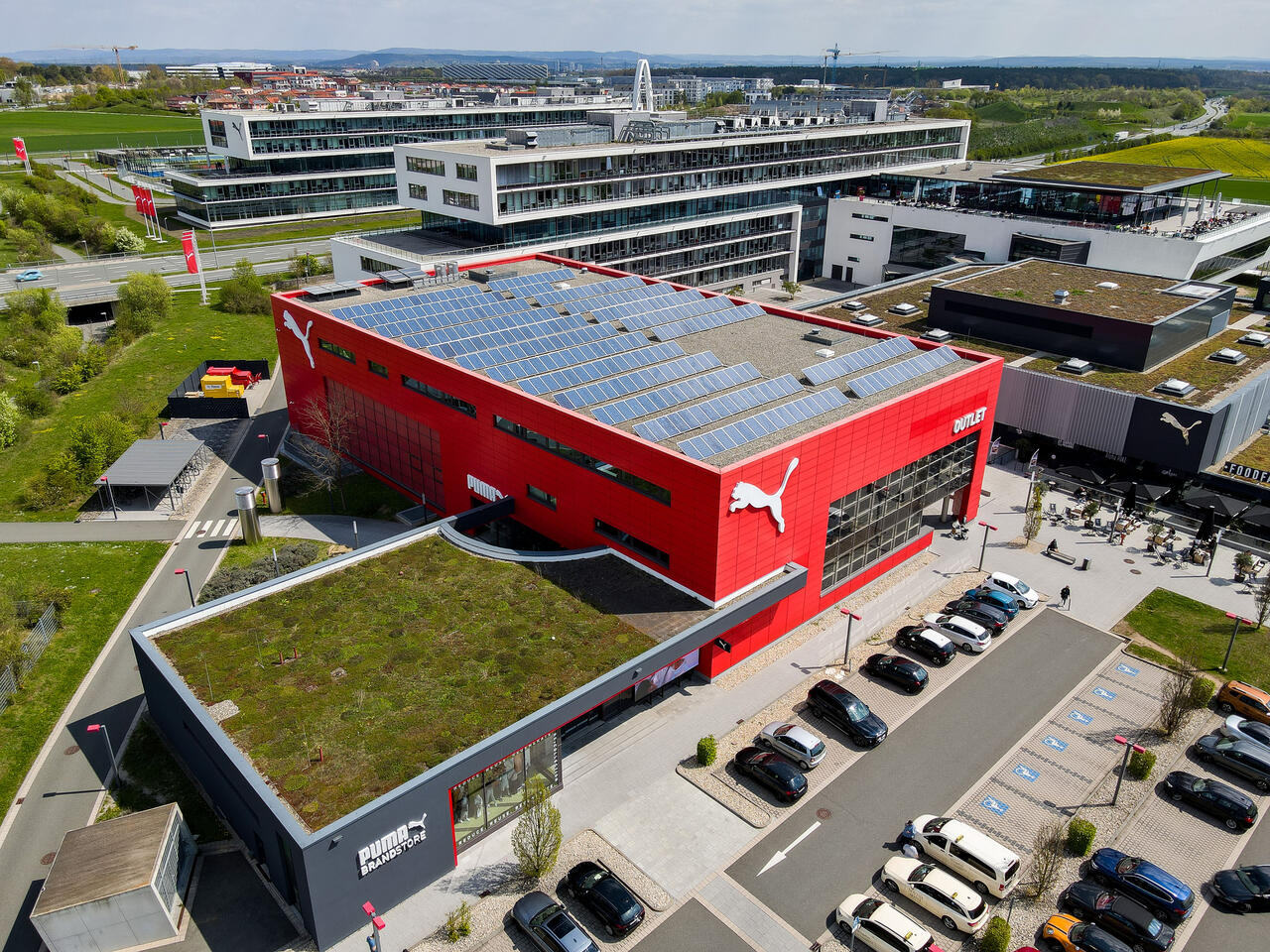PUMA and the environment
At PUMA, we play by the rules. We have not received any environmental fines within the last decade. The purpose of our environmental efforts is to ensure that PUMA and its suppliers are in full environmental compliance and any negative impact on the environment is minimized. In this way, we want to leave an impression on the track and the market, in the hearts of our athletes and consumers.

PUMA's strategy aims to create maximum positive impact. We do this within our FOREVER BETTER framework and 10for25 targets, which were developed in partnership with our major stakeholders. Our 10for25 targets include climate change, water & air and circularity, among others.

Climate Change
Climate change is the most important challenge of our times, and we stand ready to oppose it. PUMA supports the Paris agreement on limiting climate change well below two degrees and is ready to contribute its fair share towards this goal.

Water and Air
When we practice sports, we take deep breaths and stay hydrated. All the more reason for us to care for the protection of the environment. To live in a sustainable world, we actively work with our manufacturing partners on keeping water and air clean.

Good chemical management
Hazardous chemicals deserve a red card. That’s why we consider chemical management holistically to protect consumers, workers and the environment from potential exposure.

Materials
We focus on the sustainability performance of the materials from which our products are made. When you are determined to make a change, you have to start right at the beginning.

CDP Questionnaire
CDP is a non-profit organization that operates a global, independent environmental disclosure system for companies. You can download PUMA's responses to CDP's comprehensive questionnaire below, which includes details about environmental risks, opportunities, impacts, and actions in the areas of climate, water and forests.